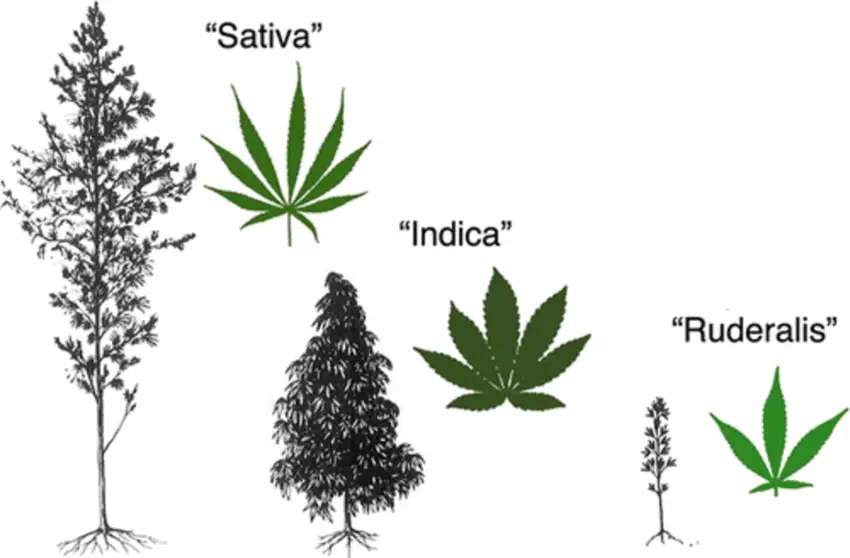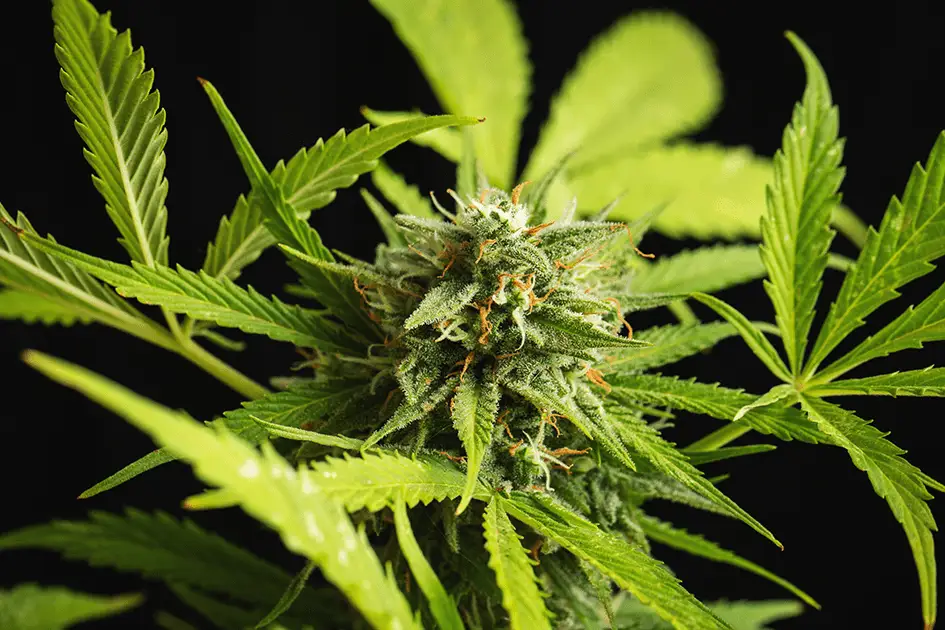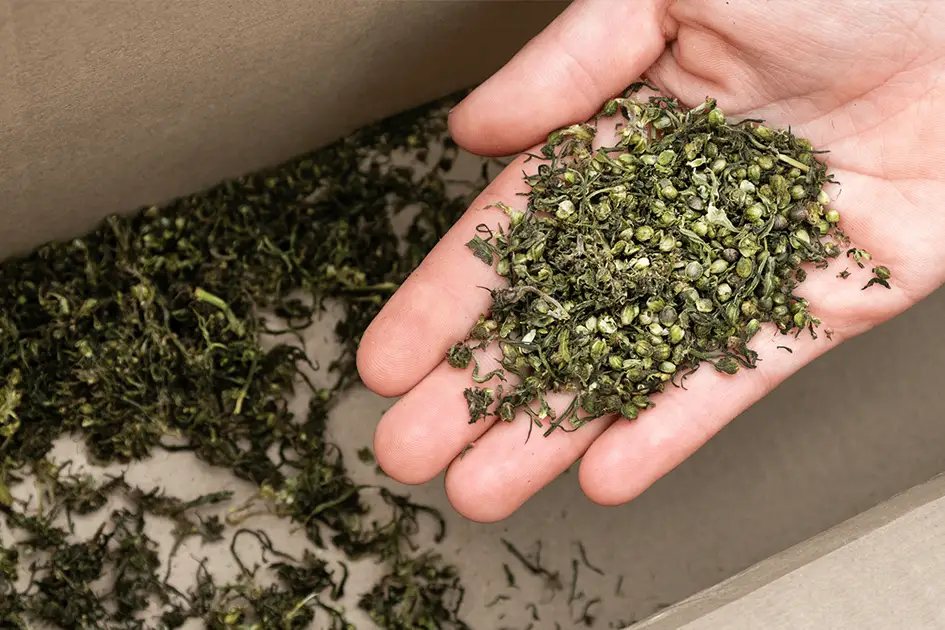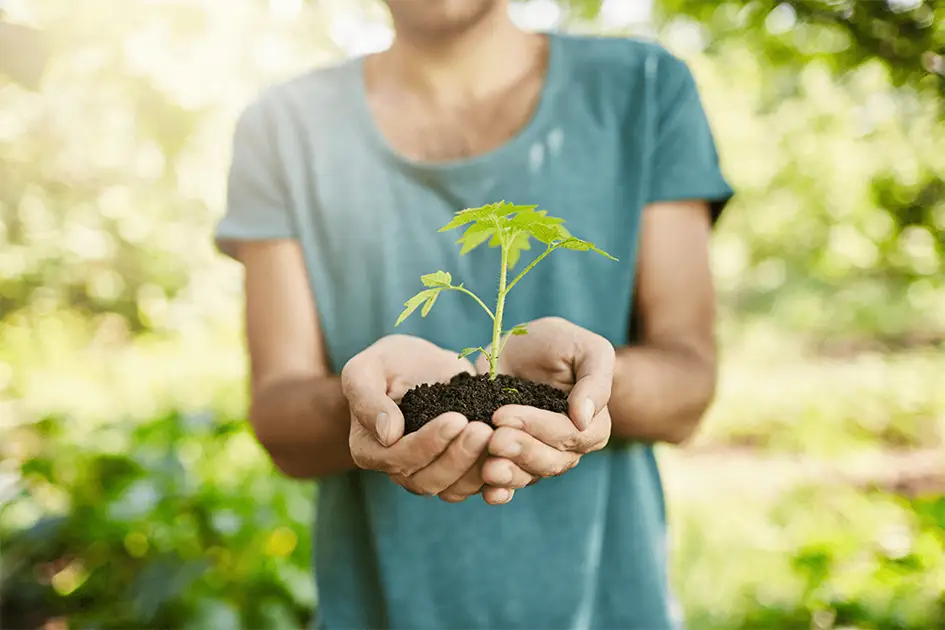The numerous agricultural varieties of hemp
Hemp polyvalence is partially derived from the existence of numerous agricultural subspecies and varieties inside the same plant specie Cannabis sativa L. All these varieties differ a lot from each other in characteristics and applications.
Figure 1 shows the three known subspecies of Cannabis sativa L. specie.

Figure 1. - Different original subspecies of Cannabis sativa L. originales de Cannabis sativa L.
- Cannabis sativa sativa: long stems and low number of branches. Low percentage of THC.
- Cannabis sativa indica: short stems, high density of branches and inflorescences (flowers) High percentage of THC.
- Cannabis sativa ruderalis: short stems, low density of branches, high rusticity (resistance). Very low percentage of THC.
These three subspecies have resulted into numerous agricultural varieties, for their own evolution, for hybridizing among each other, and/or for human action; and they have marked differences with each other.
For that, all these agricultural varieties are, in practice, divided into two general big groups of varieties depending on their diferential industrial destination: the medicinal varieties, and the industrial varieties.
Medicinal varieties have been selected based on their best performance in flowers, and based on the chemical substances of medicinal interest that these flowers produce.

Industrial varieties, on the other hand, highlight because of their performance in fiber (stem) or seeds.
On this basis, all these varieties usually demonstrate differences in their phisionomy, according to their planned destination:
- Medicinal varieties are usually shorter, with great density of branches and great production of inflorescences, due to the fact that the latest are the main producers of chemical substances of medicinal interest.
- On the other hand, industrial varieties usually have long stems and less density of branches and inflorescences. Some varieties highlight because of their great majority of fiber production, and others because of their great production of seeds of high nutritional quality.





